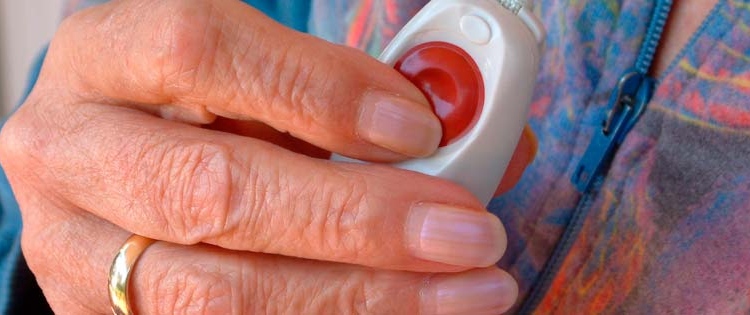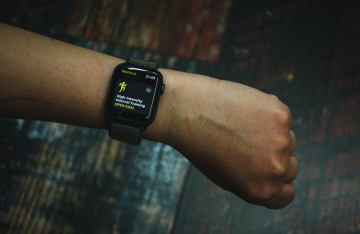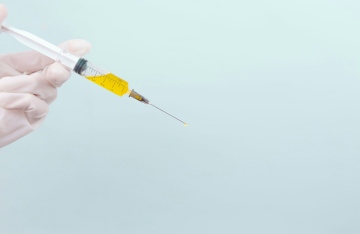With the busy schedules we have, doing our jobs, running the errands and managing our households, we can’t always manage to be around our elders. On the other hand, if we do, it interferes with their right to lead an independent life. They may not always be comfortable being dependent on others for their own security. But when we’re not around, we are constantly worried and need reassurance about their well being. Telecare is an assistive technology that gives you that reassurance.

How Is Telecare Different From Telehealth And Telemedicine
More often than not, telecare is confused with other services like telehealth and telemedicine. Telehealth and telecare are services that provides you medical assistance through telecommunicative modes. On the other hand, telecare is a service that makes sure you get medical assistance when needed catering to your emergency needs.
The advent of telecare has made it more convenient for elderly and less abled people to live a quality life and rest assured that if they would need help, it’s just a button away.
Telecare Equipments
Telecare is an extensive system with different equipments meant to cater different and specific needs. Below is a list of majorly used telecare equipments.
Buttons
These are alert devices manually operated to send an alert to the monitoring centre. They usually come in the form of wristbands or pendants. However, these buttons require manual pressing to send notification to the control centre. Thus, they may not be very useful in case of unconsciousness.
Base Units
Base unit is a kind of control box that is connected to the user’s telephone system as well as the telecare device. Whenever the telecare device is activated, it connects to base unit which then uses the telephone system to call the monitoring centre.
Sensors and alarms
Sensors are meant for the times when alert cannot be sent manually like in case of a seizure or unconsciousness from a fall. They are equipped with GPS trackers which send the location of the device to monitoring centre. They usually do not need base unit. Sensors like smoke detector and break-in sensors have in-built alarms to notify the people around as well.
Communication devices
A step ahead of buttons and sensors are Communication devices. These devices enable the user to talk directly to the monitoring centre themselves. Once the device is activated, manually or through sensors,it creates a two communication gateway between the user and the centre so that the user can convey what kind of help s/he needs. This also reduces the risk of false alarm and saves everyone a lot of time, effort and worry.
Every telecare service has its own monitoring centre or response centre which is operational 24/7. They keep an eye on all the notifications and call for requires assistance: fire brigade, ambulance or police.
Traditional Telecare v/s Modern Telecare.
Advancement in technology has ensured a better and more equipped telecare service with the passage of time. While traditional service depended heavily on the base unit and landline telephone system, the modern services are sim enabled and use digital cordless technology which makes them independent of base unit or landline system. The modern telecare is thus more reliable and convenient which can even be used outside the house.
Telecare services enable you to subscribe to the safety of your loved ones. Although these services are a little expensive, the gifts of peace and sense of security that come with it are priceless.




